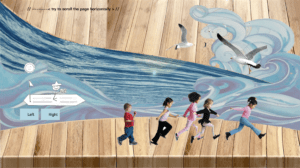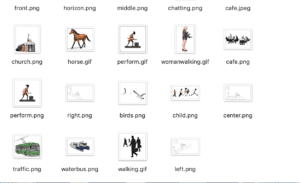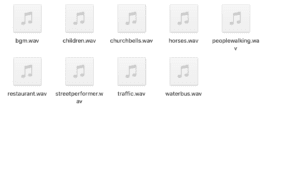There’s no such place with a single story. When we deny the single story, heaven will come to us. Otherwise, stereotypes and disrespect will be inevitably caused. It deprives our rights to have an equal conversation with others.
In many peoples’ eyes, Africa is a place with beautiful landscapes, beautiful wildlife, and at the same time a land of poverty, famine, AIDS and other disasters. People think Africa is an underdeveloped country. The reason for this impression is that we only explain an unfamiliar continent through a single story. In addition to being influenced by the information transmitted by various media, we tend to interpret a person or a country in a one-sided and simplified way. The danger of a single story is that it can lead to stereotypes that lead us to make bad judgments about our values. Every dark-skinned African is poor, and every African needs compassion and help. This is why many Europeans were inspired by the greedy desire to plunder the east after reading the record of Marco Polo.
The danger of a single story lies in the rigidity of our thinking. A single story simplifies the complexity of the world. Although it is convenient for people to understand the world, it is not comprehensive and objective enough. In the movie “Homeless to Harvard: The Liz Murray Story”, the professor asks the heroine Liz why they use many authors’ photocopies to study instead of textbooks. Liz’s answer: “one author can only give you one view of the world, and multiple authors can give you more views of the world and a wider world of thinking.” The danger of a single story is overgeneralized, and we tend to see a point rather than a multidimensional body. Similarly, to understand a person is not just to interpret a story that happens to him, but to understand that it is the many stories that bind together that shape him.


